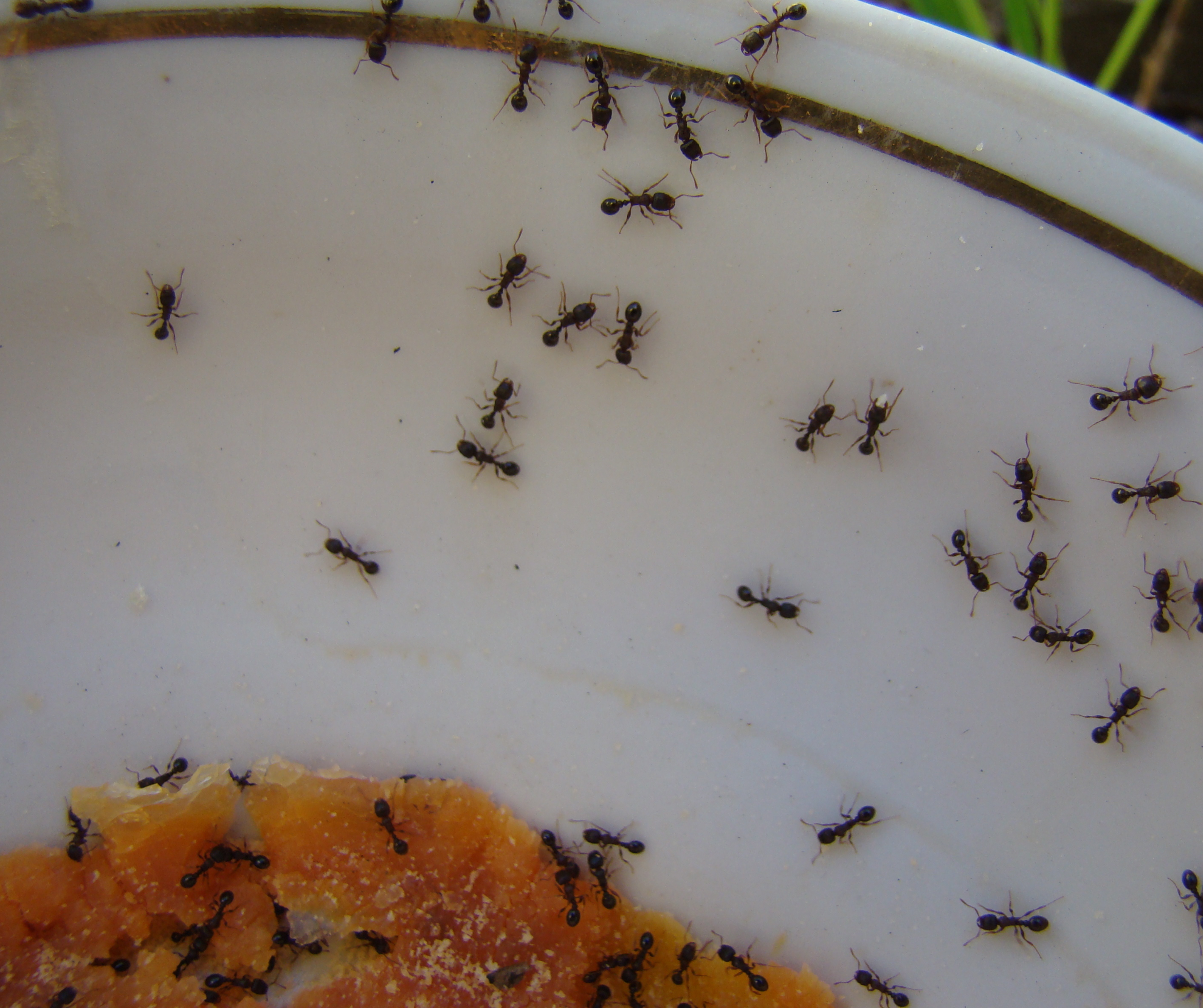
Ants in Commercial Spaces: Why Businesses Need a Smarter Pest Control Approach
Ant infestations aren’t just a nuisance—they can disrupt business operations, compromise product quality, and damage your brand’s reputation. While many business owners understand the basics of pest control, commercial environments present unique challenges that require a strategic, behavior-focused approach to keep ants at bay.
In this post, we explore the less obvious ways ants infiltrate commercial spaces, the impact on daily operations, and how businesses can stay one step ahead.
Hidden Hotspots Businesses Often Miss
Most companies focus on kitchens, breakrooms, and cafeterias when it comes to ant prevention. But these aren’t the only problem areas.
- Employee lockers and vending areas: Snacks and spills in these spaces can attract ants after hours.
- Mechanical rooms and HVAC units: Piping and wiring often provide hidden entryways for colonies.
- Loading docks and waste zones: Frequent deliveries and outdoor trash areas can serve as gateways for infestations.
By identifying and monitoring these overlooked spots, businesses can prevent colonies from establishing themselves before the problem grows.
How Business Operations Aid Infestations
Commercial properties are busy environments. From shift changes to deliveries, certain business activities unknowingly create the perfect conditions for ants:
- Nighttime foraging: Ants often travel in the early morning hours, following food trails left behind during the day.
- Moisture migration: Heavy rains or indoor leaks can drive colonies indoors for shelter.
- Supply chain pathways: Packaging, pallets, and even staff belongings can serve as transport vehicles for ants.
Understanding these behavioral patterns helps pest control professionals tailor solutions that fit a business’s daily routine.
The Impact on Business Operations
An ant infestation in a commercial space can cause more than structural damage or food contamination. It can lead to:
- Inventory losses if products or packaging become contaminated.
- Reputation damage when clients or employees encounter pests.
- Compliance risks in industries like food service or healthcare, where even one sighting can trigger audits or fines.
- Potential equipment issues if ants find their way into electrical systems or servers.
A proactive approach minimizes these risks before they disrupt productivity or revenue.
Smarter Pest Control: Beyond Basic Prevention
Traditional pest control methods aren’t always enough for commercial properties. A smarter approach involves:
- Forensic mapping to track sightings and identify patterns over time.
- Strategic bait placement during low-traffic hours for maximum colony impact.
- Entry-point fortification in overlooked areas like cable lines, foundation cracks, and overhead doors.
- Real-time reporting systems so employees can alert management to issues quickly.
This proactive strategy helps businesses stay ahead of infestations rather than reacting after problems occur.
Building Long-Term Resilience
Preventing ants in commercial spaces isn’t just about immediate treatment—it’s about designing spaces and processes that discourage infestations altogether. This can include:
- Regular pest control audits aligned with seasonal risks.
- Clear sanitation protocols for employees and vendors.
- Design choices like sealed surfaces and easy-to-clean materials in high-risk areas.
- Ongoing staff education on spotting early warning signs.
These steps build resilience, reducing the likelihood of future infestations and protecting your investment.
Ant control in commercial spaces requires more than quick fixes. It calls for an understanding of ant behavior, business operations, and proactive prevention strategies that fit the unique needs of each property.
At Accurate Pest & Termite Control, we combine science, strategy, and industry expertise to deliver smarter solutions that protect your business long-term.
Ready to safeguard your commercial property?
Contact Accurate Pest & Termite Control today for a customized inspection and treatment plan.
